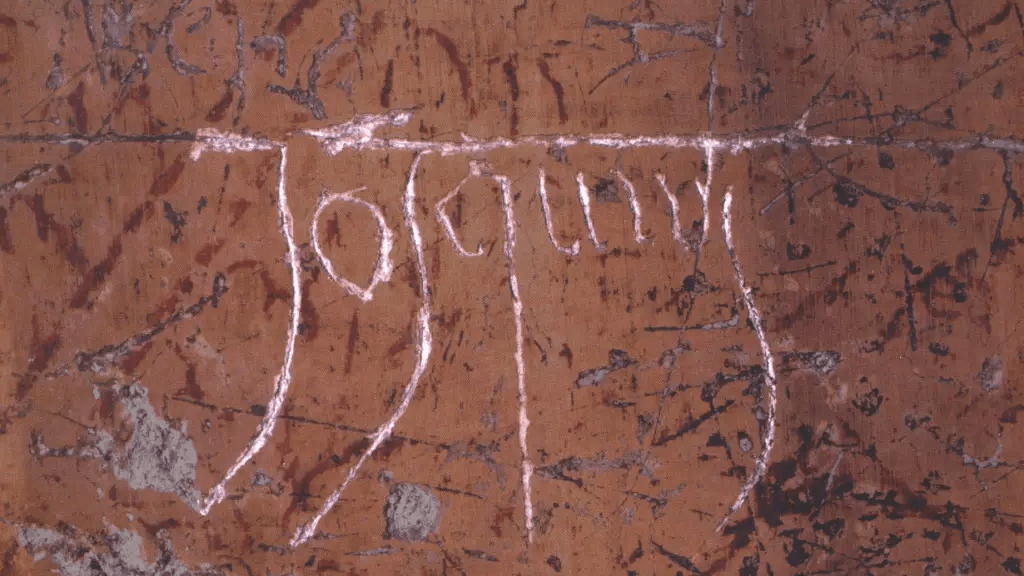Pēteris Vasks’ “The Fruit Of Silence”: VOCES8
The Latvian composer, Pēteris Vasks (b. 1946), began as “a young, angry and avant-garde” modernist. Over time, his music evolved to embrace consonance, simplicity, spirituality, Latvian folk influences, and “echoes of bird songs.” Composed in 2013, Vasks’ The Fruit of Silence is a choral setting of a prayer by Mother Teresa: The fruit of silence is prayer, the fruit of prayer is faith, the fruit of faith is love, the fruit of love is …







